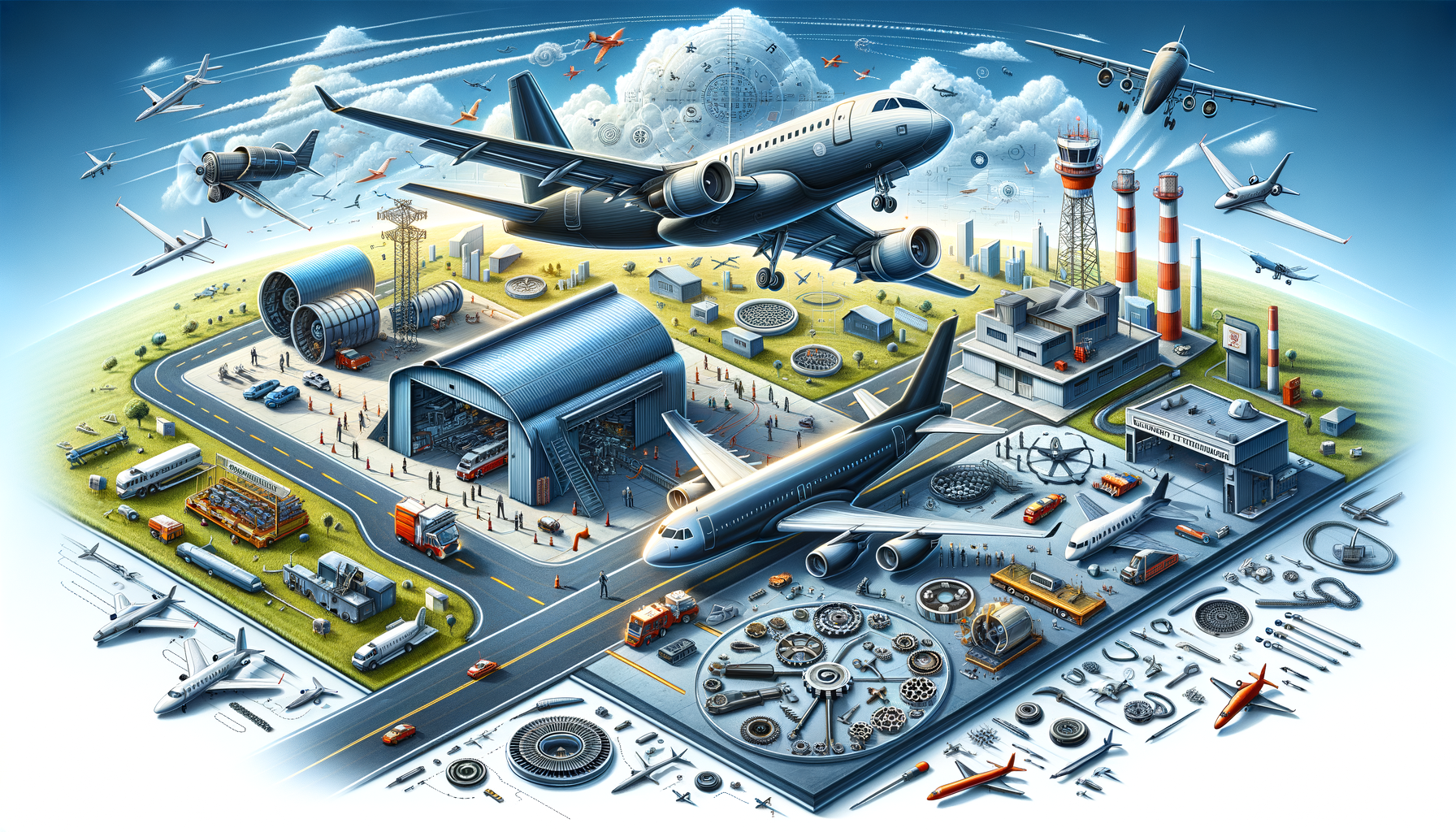Introduction to Aviation Training
Aviation training is an essential component of the aviation industry, providing individuals with the skills and knowledge necessary to pursue various careers within this dynamic field. From flying aircraft to maintaining them, aviation training covers a wide spectrum of disciplines. As air travel continues to grow, so does the demand for skilled professionals. This article explores the different facets of aviation training, focusing on aviation mechanic training and flying schools, which are pivotal in shaping the future of aviation.
Aviation Mechanic Training: Keeping Aircraft Airworthy
Aviation mechanics play a crucial role in ensuring the safety and functionality of aircraft. Training programs for aviation mechanics are designed to equip students with the technical skills required to maintain and repair aircraft. These programs often cover a wide range of topics, including airframe and powerplant systems, avionics, and safety protocols.
Students engage in both classroom instruction and hands-on training, allowing them to apply theoretical knowledge in practical settings. The curriculum typically includes:
- Aircraft systems and components
- Maintenance procedures and practices
- Regulatory compliance and safety standards
Upon completion, graduates are prepared to take certification exams, which are often required to work as professional aviation mechanics. The demand for qualified mechanics is high, as they are essential to the operation of airlines, repair stations, and aircraft manufacturers.
Flying Schools: Training the Pilots of Tomorrow
Flying schools are the starting point for aspiring pilots, offering training programs that lead to various pilot licenses and ratings. These schools provide a comprehensive education in flight theory, navigation, meteorology, and aircraft operation. Students begin with ground school, where they learn the fundamentals of flight, followed by practical flight training with experienced instructors.
Key components of flying school programs include:
- Private Pilot License (PPL)
- Commercial Pilot License (CPL)
- Instrument Rating (IR)
- Multi-Engine Rating (MER)
The journey from student pilot to professional aviator requires dedication, as students must log a significant number of flight hours and pass rigorous exams. The outcome is a rewarding career with opportunities in commercial airlines, cargo transport, and private aviation.
Comparing Aviation Mechanic Training and Flying Schools
Both aviation mechanic training and flying schools serve critical roles in the aviation industry, yet they cater to different career paths. While aviation mechanics focus on the technical and mechanical aspects of aircraft, pilots are trained to operate and navigate them.
Choosing between these paths depends on individual interests and career goals. Aviation mechanics often enjoy working with their hands and solving technical challenges, whereas aspiring pilots are drawn to the thrill of flying and the responsibility of navigating aircraft.
Both fields offer stable career opportunities with potential for growth. The aviation industry relies heavily on both skilled mechanics to maintain aircraft and qualified pilots to fly them safely.
Conclusion: The Future of Aviation Training
As the aviation industry continues to expand, the need for trained professionals in various sectors remains strong. Aviation training programs, whether for mechanics or pilots, provide the foundation for a successful career in this exciting field. With advancements in technology and an increasing emphasis on safety and efficiency, aviation training will continue to evolve, offering new opportunities for those passionate about aviation.
For anyone considering a career in aviation, understanding the different training options and their respective career paths is crucial. Whether maintaining aircraft or flying them, aviation offers a stable and fulfilling career choice.




Leave a Reply